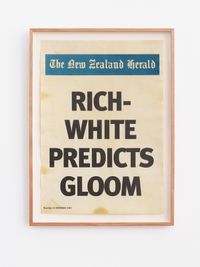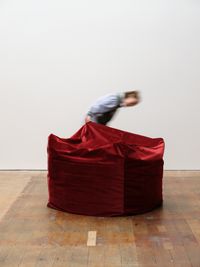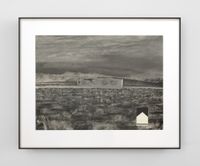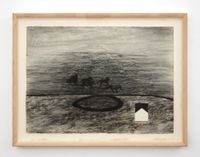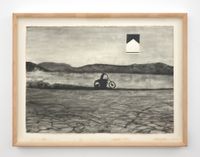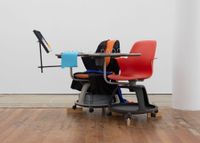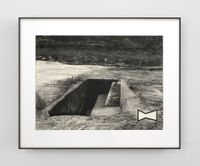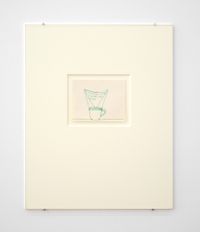Michael Stevenson is known for his large-scale sculptural installations, although his practice also encompasses other media including film, printmaking and book publishing. Based in Berlin since 2000, he was born in the small town of Inglewood and graduated from Auckland's Elam School of Fine Arts in 1986. At the heart of Stevenson's practice is the concept of the proxy or surrogate. Based on detailed historical research and often centring on a sculptural reconstruction of a historical artefact, his works identify localised manifestations of broad ideological, political and economic forces. They focus on how such forces become visible and tangible: how they take shape, and take effect in local situations.
Read MoreStevenson has exhibited widely, and the subjects of his work range across late twentieth-century political histories. He represented New Zealand at the 50th Venice Biennale (12 June-2 November 2003) with This is the Trekka (2003), an installation addressing colonial and Cold War influences on New Zealand nationalism. The Fountain of Prosperity (2006, coll. MoMA New York) was first exhibited at the CCA Wattis Institute for Contemporary Art, San Francisco (28 November 2006-24 February 2007), and examines international corporate control of the Guatemalan banana industry. Persepolis 2530 (2007), which investigates a moment in the build-up to the Iranian Revolution, was exhibited at Art Unlimited, Art Basel 38 (13¬-17 June 2007) and Arnolfini, Bristol (2 February-30 March 2008). Stevenson has also exhibited at the Tate Modern, London, Witte de With, Rotterdam, The Power Plant, Toronto, and the Sculpture Center, New York, as well as biennials in Berlin, Panama, Athens, Liverpool, Sydney and Auckland. The survey exhibition Michael Stevenson was held at Sydney's Museum of Contemporary Art, 6 April-19 June 2011.
A series of works Stevenson produced between 2008-12 were set in Panama during the 1970s, and adopted the view of a key witness to political events: 'Chuchú' Martínez was pilot, aide and bodyguard to Panama's leftist dictator Omar Torrijos. Perhaps more clearly than any other work, A Life of Crudity, Vulgarity, and Blindness (Portikus, Frankfurt, 29 September-2 December 2012) linked Stevenson's signature use of the sculptural double, or proxy, to a technical process of constructing visibility. Stevenson transformed Portikus into a building-sized camera obscura. He installed a large-scale sculptural model of Chuchú's Cessna 185 aeroplane in the gallery's brightly daylit attic, which the camera obscura mechanism then projected as a fragile analogue image into the darkened exhibition hall two floors below. A Life of Crudity offered the camera obscura as a poetic analogy for the covert forces determining the political fate of Panama and its leader, as well as an examination of the possibility and limitations of vision itself.
Anna Parlane | Ocula | 2018
